In a rapidly evolving gaming landscape where the lines between luxury and affordability are increasingly blurred, Nintendo has found itself at the forefront of a heated debate. The recent decision to price the deluxe version of Mario Kart’s Booster Pack at $80 has sparked intense discussion among fans and industry insiders alike. While some see this as a natural progression towards premium gaming experiences, others are crying foul, arguing that the Mushroom Kingdom’s beloved kart-racing series should be more accessible, not more expensive. Enter Shuntaro Furukawa, Nintendo’s president, who has weighed in on the controversy, stating that the $80 price tag does not set the tone for future releases. But what does this mean for the future of gaming, and will the iconic company’s commitment to quality and accessible fun remain intact?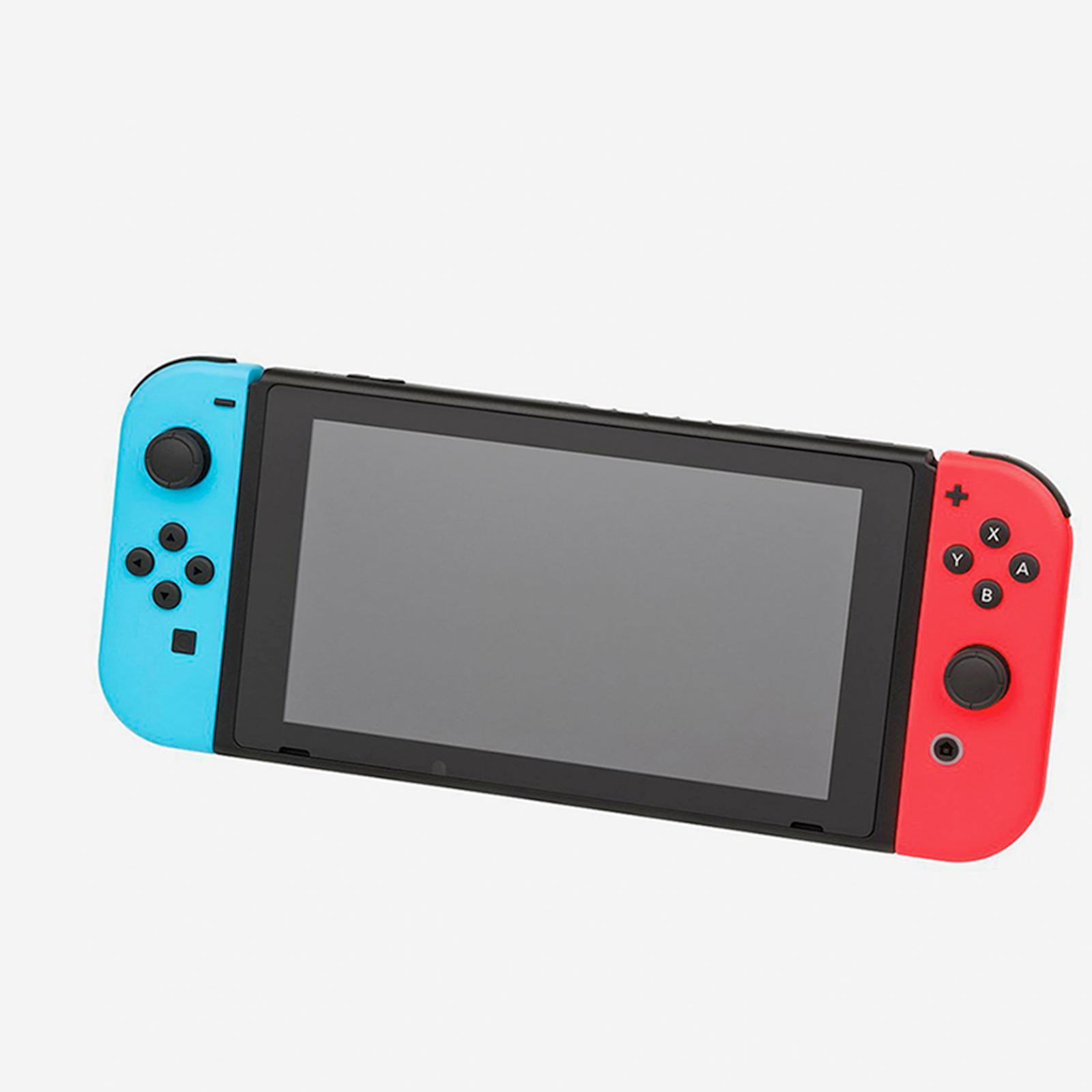
Nintendo Shifts Focus Away from Mario Kart Pricing Model
Nintendo’s president, Shuntaro Furukawa, has stated that the company’s pricing strategy is unlikely to see a significant shift towards more expensive games. Contrary to some concerns that the deluxe edition of Mario Kart might signal a change in the pricing model, Furukawa expressed his views in a shareholders meeting, making it clear that Nintendo still prioritizes accessibility.
When it comes to Nintendo’s past and planned game releases, the variety in pricing is apparent:
Nintendo Games Pricing Model
| Game Title | Pricing Model | Release Date |
| The Legend of Zelda: Tears of the Kingdom | Std ($60) – Deluxe ($70) | 2023 |
| Mario Kart 8 Deluxe – Booster Pack | Standard ($40) – Deluxe ($80) | 2022 |
This list shows various games with different pricing tiers, showing that while there might be some variation in prices, consistency across all titles seems not to be the goal.
Pricing Strategy in the Gaming Industry Under Scrutiny
The video game market has witnessed a gradual incline in game prices over the years, leading many to believe that a new benchmark has been set. This trend has sparked a heated debate about the pricing strategy in the gaming industry. The discussion was ignited after several upcoming titles were announced with higher-than-usual price tags. Notably, the anticipated game Mario Kart, which will be available at a price of $80, has fueled this speculation.
Several titles are being released with elevated prices, as can be seen in the following examples:
| Game Title | Expected Price (USD) |
|---|---|
| Hogwarts Legacy | $70-$80 |
| The Legend of Zelda: Tears of the Kingdom | $60-$70 |
| Resident Evil 4 | $60-$70 |
The introduction of such premium titles has led to an ongoing discussion about price standardization in the gaming industry. However, Nintendo’s officials, including the company’s boss, have promptly dismissed the speculation, stating that $80 for Mario Kart is not expected to become the norm.
Some possible factors influencing the rising cost of some video game titles include:
- High development costs for premium games
- Integration of cutting-edge technologies and innovative features
- Costs associated with the publication and distribution of games
- Overall revenue goals and profit margins set by gaming companies
It remains to be seen how the gaming industry’s approach to pricing will evolve and whether gamers will adapt to these elevated price tags or advocate for more affordable options.

Douglas Bowser Clarifies Company Stance on Game Prices
Nintendo’s president, Douglas Bowser, has come forward to address the recent price hike of the company’s popular games, including the latest installment of Mario Kart. In an effort to clarify the company’s stance, Bowser explained that the decision to charge $80 for the game is not a benchmark for the price of future titles.
- No industry-wide trend: Bowser emphasized that the company’s decision to raise the price of certain games does not reflect an industry-wide shift towards more expensive titles.
- Value-based pricing: The company’s president explained that the prices of its games are determined based on various factors, including the quality and depth of the gameplay experience, the amount of content, and the production costs.
| Game Title | Price |
|---|---|
| Mario Kart (latest installment) | $80 |
| Other notable Nintendo titles | $60-$70 |
While the price of Mario Kart may be out of reach for some gamers, Nintendo remains committed to providing high-quality gaming experiences for its fans. As the company continues to innovate and push the boundaries of gaming, it’s likely that the prices of its titles will continue to reflect their value and quality.
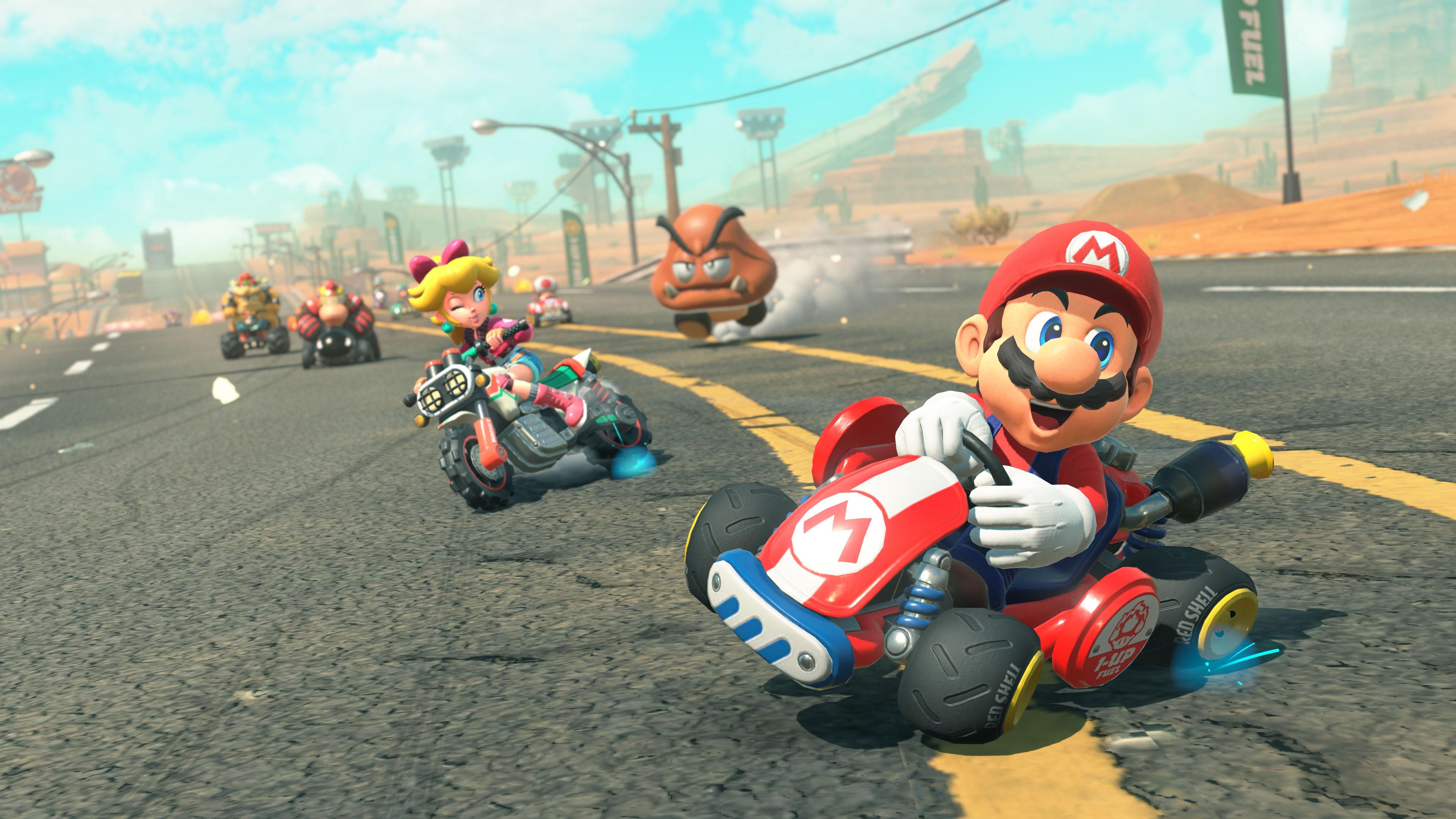
The Reason Behind Mario Karts Premium Pricing
The pricing of Mario Kart has sparked debate among gamers, with many questioning the reasoning behind the premium pricing of $80. In a world where the standard price for games often falls between $50-$70, an extra $10-$30 may seem excessive to some. However, Nintendo’s decision to price their latest Mario Kart game at $80 is likely based on various factors, including the game’s production value, the addition of new features, and the target audience.
One possible explanation for the high price point is the inclusion of unique features such as advanced multiplayer capabilities, downloadable content (DLC), and exclusive tracks. These features require significant development and maintenance resources, contributing to the overall cost of the game. Comparative Analysis
| Platform | Game Title | Price |
|---|---|---|
| Nintendo Switch | The Legend of Zelda | $59.99 |
| Nintendo Switch | Mario Kart | $79.99 |
| PlayStation 5 | Gran Turismo 7 | $69.99 |
- Development costs for creating high-quality graphics and gameplay
- Server maintenance costs for online multiplayer capabilities
- Licensing fees for the use of Mario Kart characters and intellectual property
- Packages that offer bonus content, early access to new tracks and other premium features for an extra fee
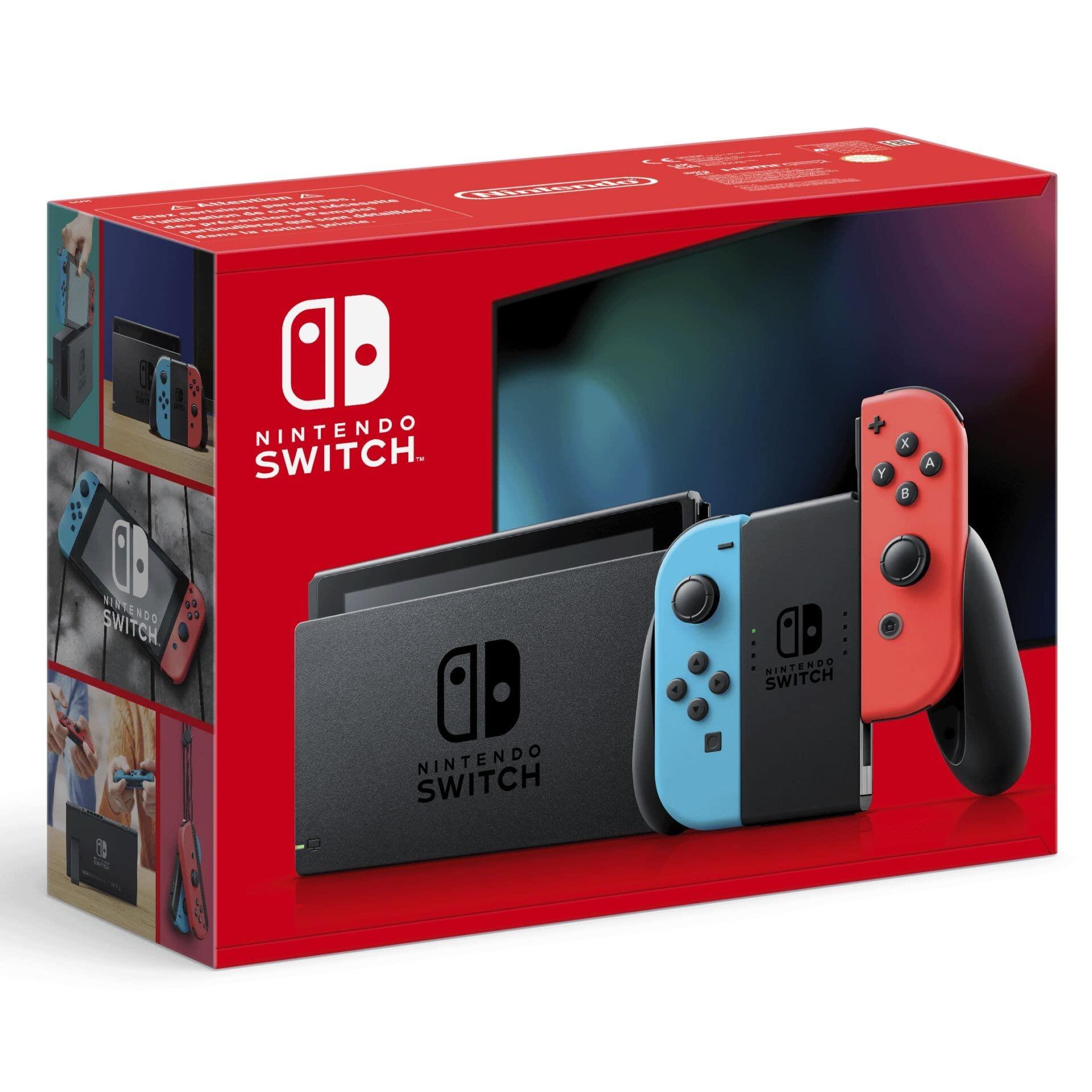
Premium Game Models Will Not Become the New Norm
Pricing has long been a contentious issue in the gaming industry, with gamers often finding themselves at odds with developers over the cost of new releases. Despite the rising trend of premium pricing, Nintendo’s president maintains that the $80 price tag for Mario Kart is not the new standard. This is welcome news for gamers who are feeling the pinch, but what does it really mean for the industry as a whole?
The rise of premium pricing has been driven by several factors, including the increasing cost of game development and the growing demand for high-quality, AAA titles. However, this shift has also led to concerns about price inflation and accessibility. While some gamers are willing to pay a premium for top-tier experiences, others may be priced out of the market. Key considerations for developers include:
- Cost of development: The cost of developing a AAA game can be prohibitively expensive, with some titles costing hundreds of millions of dollars to produce.
- Consumer demand: Gamers are often willing to pay a premium for high-quality experiences, but this demand can be volatile and subject to change.
- Market competition: The gaming market is highly competitive, with developers and publishers constantly competing for market share and consumer attention.
Looking at the industry’s pricing landscape, it’s clear that there are different approaches to pricing, including:
| Pricing Approach | Characteristics |
|---|---|
| Premium pricing | $60-$80+, high-quality AAA titles |
| Mid-tier pricing | $30-$50, lower-cost AAA titles or indie games |
| Value-based pricing | Free-to-play, subscription-based, or low-cost titles |
Ultimately, the decision to adopt premium pricing is driven by a complex interplay of factors, including the game’s production costs, target audience, and market conditions. While Nintendo’s comments may provide some reassurance to gamers, the trend towards premium pricing is unlikely to disappear anytime soon.
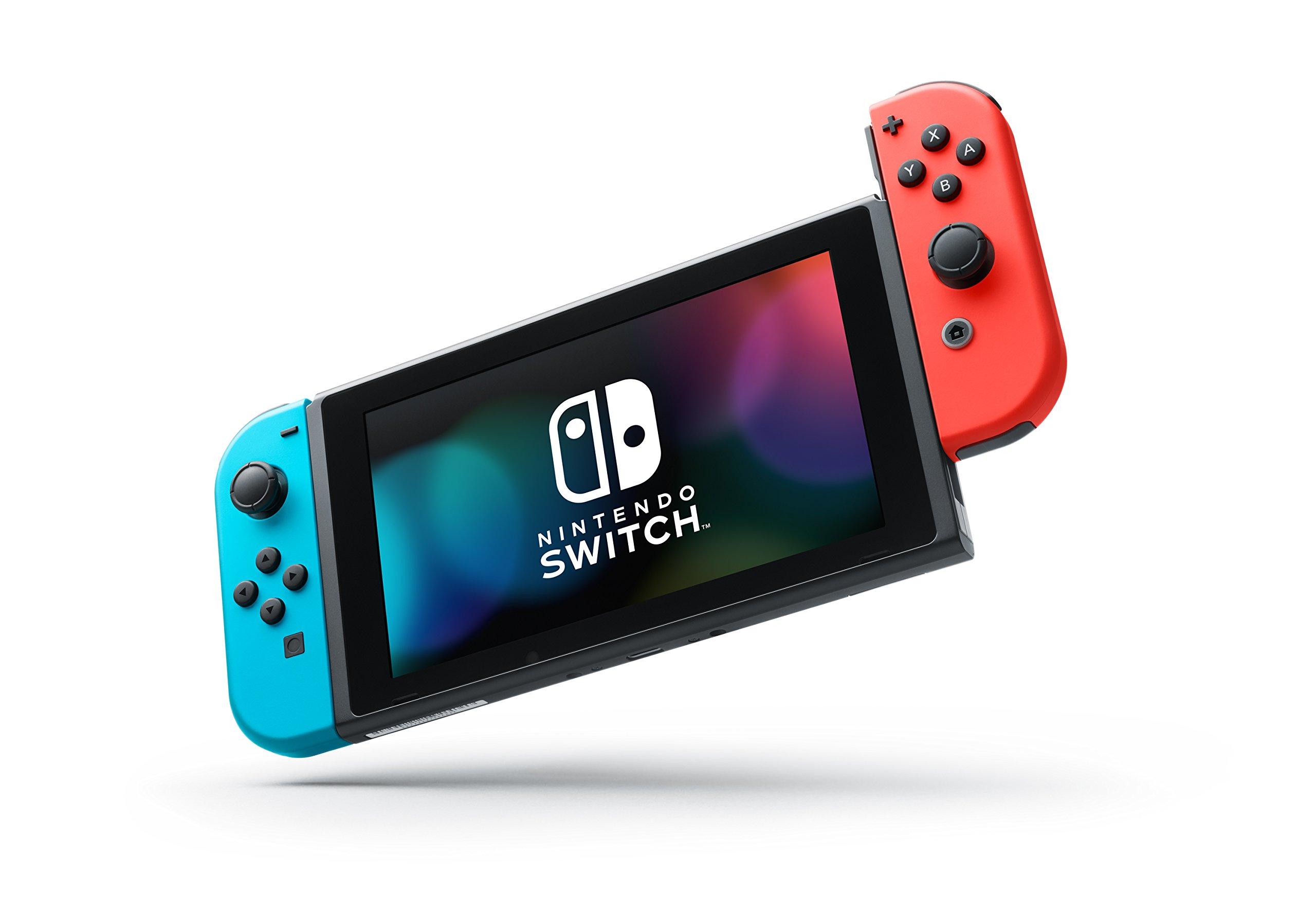
Gaming Community Reacts to Nintendos Announcement
WhileNintendo’s recent statement has brought some relief to gamers, the conversation surrounding game pricing is far from over. Many fans still can’t help but think that the company’s newest pricing strategy might be a slippery slope. Case in point: analysts have pointed out that if the $80 price tag were to become the standard, it would significantly impact gaming accessibility, especially for those on a tight budget.
Others have taken to social media to voice their opinions on the matter, citing the notable absence of new content in the Mario Kart repackaging as a contentious issue. A few of these comments include:
- A repackaged game with no new story modes or innovative multiplayer features doesn’t justify an $80 price point.
- How can Nintendo demand so much from its fans without adding substantial content?
- It’s getting increasingly tougher to stay loyal to the Nintendo brand when prices skyrocket with each new installment.
Some have decided to draw comparisons to Nintendo’s competitors, Nintendo’s costs, the prices of their prior games and profits, as the following table illustrates:
| Nintendo Competitor | Similar Pricing Strategy | Games at Similar Price Points |
| Sony | No | The Last of Us (2013) – $60, God of War (2018) – $60 |
| Microsoft | No | Halo Infinite (2020) – $60, Gears 5 (2019) – $60 |
| Nintendo Prior Games | Yes |
Their reaction paints a complex and varying picture – most gamers want the best gaming experience possible, and they want it at a fair price.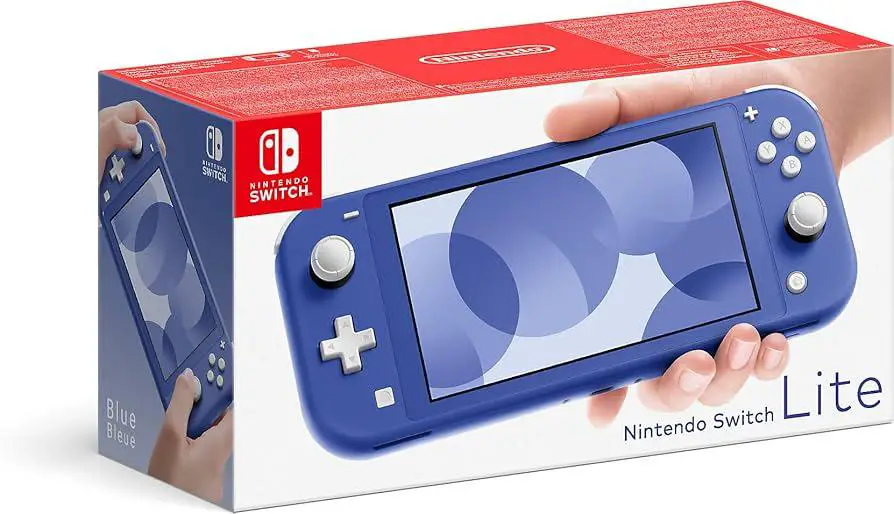
The Impact of Pricing Models on Consumer Satisfaction
While Nintendo’s recent statement might come as a relief to some consumers, it raises an important question: how do pricing models affect consumer satisfaction? The answer lies in the realm of perceived value. When consumers feel that a product is overpriced, it can lead to a sense of dissatisfaction, even if the product itself is of high quality.
This phenomenon is often attributed to the anchoring effect, where the initial price presented to consumers influences their perception of subsequent prices. For instance, if a consumer is asked to pay $80 for a game like Mario Kart, they are more likely to perceive other games in the same series or genre as overpriced, even if they are actually priced competitively. To mitigate this effect, companies can use various pricing strategies, such as:
- Tiered pricing: Offering different versions of a product at various price points to cater to different segments of the market.
- Discounts and promotions: Providing temporary price reductions to create a sense of urgency and increase sales.
- Value-based pricing: Pricing a product based on its perceived value to the consumer, rather than its production costs.
| Pricing Strategy | Effect on Consumer Satisfaction |
| Penalty pricing | May lead to decreased satisfaction due to perceived unfairness |
| Value-based pricing | Can increase satisfaction by aligning price with perceived value |
| Tiered pricing | Can increase satisfaction by providing options and flexibility |
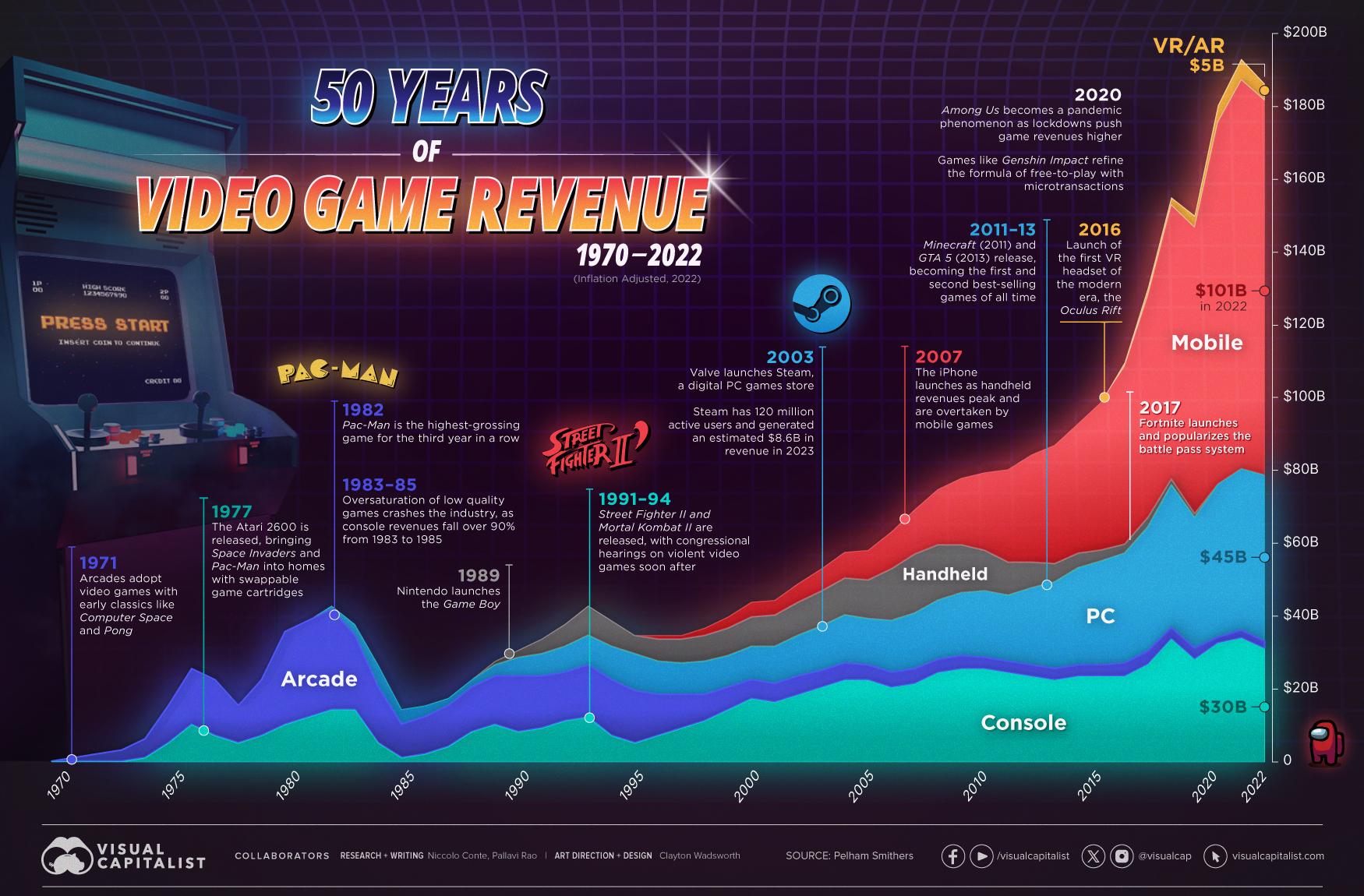
Gaming Industry Trends to Watch in the Coming Year
As the gaming industry continues to evolve, several key trends are expected to shape the future of gaming. One major trend is the rise of cloud gaming, which will allow players to access high-quality games on a variety of devices without the need for dedicated hardware. This shift will likely lead to a more flexible and accessible gaming experience for players worldwide.
In terms of game development, there is a growing focus on inclusive game design, with developers creating experiences that cater to a wider range of players, including those with disabilities. This includes features such as customizable controls, subtitles, and audio descriptions. The push for inclusive game design will continue, with more developers incorporating accessibility features into their games. Additionally, there will be an emphasis on social responsibility, with developers addressing issues such as toxicity and harassment in online gaming communities. Some of the expected trends include:
• Virtual Reality (VR) and Augmented Reality (AR): Advancements in VR and AR technology will continue to shape the gaming experience.
• Esports and Competitive Gaming: The growth of esports will continue, with more professional leagues and tournaments emerging.
• Cross-Platform Play: More games will support cross-platform play, allowing players to play with friends across different devices.
| Gaming Industry Trends | Impact on the Industry |
|---|---|
| Cloud Gaming | Increased accessibility and flexibility for players |
| Inclusive Game Design | Broader appeal and accessibility for players with disabilities |
To Wrap It Up
As the debate over the ever-rising costs of premium gaming experiences continues to gain speed, one thing is clear: the road ahead will be paved with tough decisions and uncertain expectations. While Mario Kart may not be the benchmark for $80 price tags just yet, the conversation it has sparked serves as a poignant reminder that the gaming industry is always shifting gears. As the landscape of the digital world continues to evolve, one question remains: what’s waiting for us around the next bend? Only time (and perhaps the industry’s next major pit stop) will tell.






